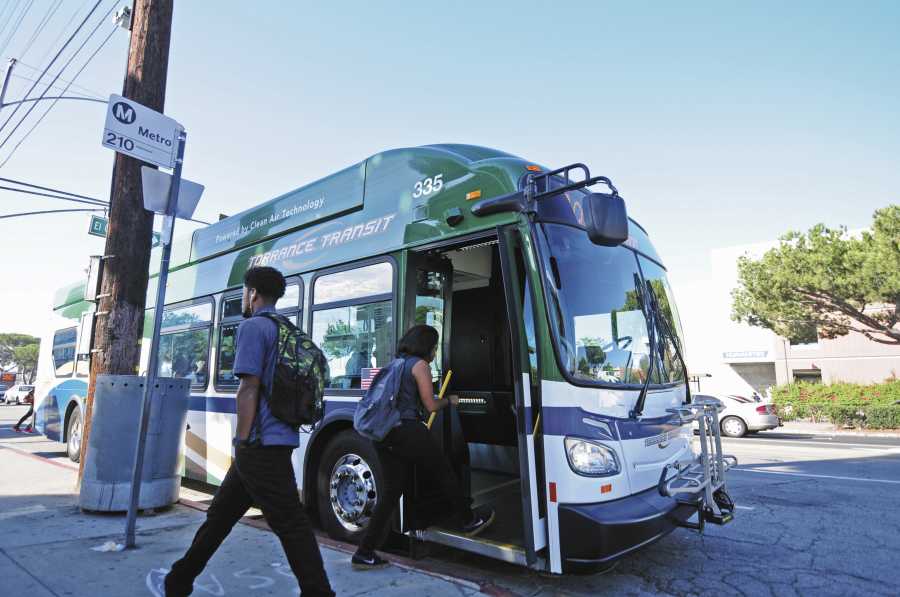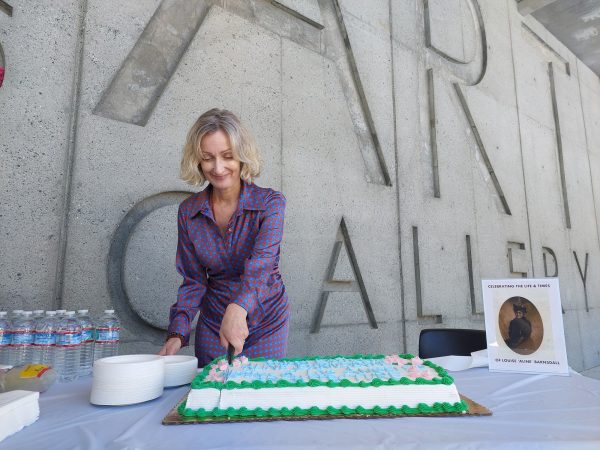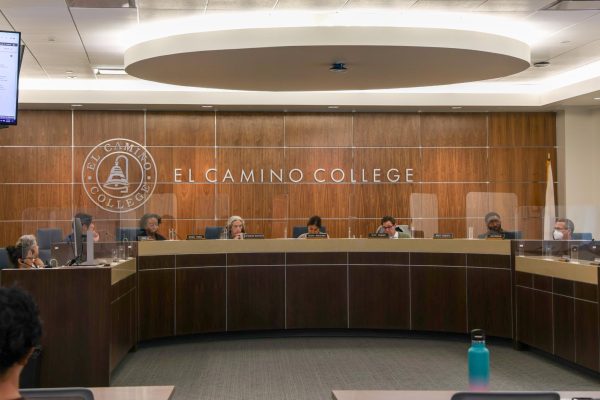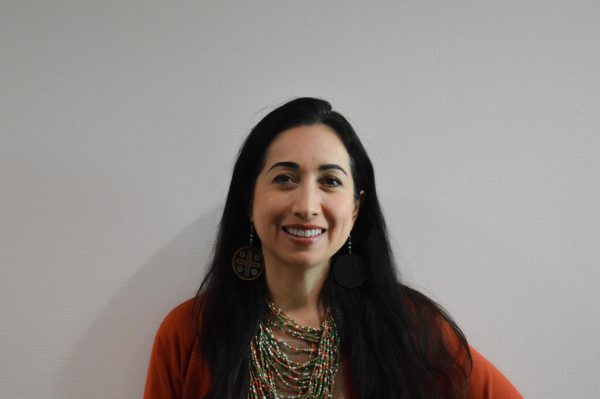Lack of carpooling system drives problems for students
Fifteen minutes until class starts. His fingers are tapping the steering wheel. His back slouches against a hot, leather seat. His open, alert eyes search for the next open parking spot. Parking Lots A, D and L are packed. Finding a parking spot at EC is like finding a needle in a haystack.
The lack of parking affects students like Ian Mautner, 22, music major.
“(A carpooling program) would seriously cut down on all the problems with parking, especially within the first couple of weeks,” Mautner said. “I think that it would be awesome to cut down on the amount of gasoline that we are consuming.”
The packed parking lots reflect the lack of carpooling programs for students. Carpooling programs at EC are directed toward faculty members and not students.
A department of the federal government, Air Quality Management Department (AQMD), requires certain corporations and educational institutions, such as EC, to meet low emission standards. To meet this requirement, EC implemented a carpooling program for both part-time and full-time faculty.
There are incentives for faculty members to participate in the program, such as free food vouchers and special parking closer to the school.
According to a survey completed in early September by Erick Mendoza, police services and employee transportation coordinator, there are 1.04 staff members to one vehicle.
“We are required by law to have a certain amount of vehicles per employee for EC for our area. It’s supposed to be 1.5 employees for every one vehicle,” Mendoza said. “We are below the standard of commuting that we are required by the federal government.”
Although there is a carpooling program for teachers, only about 55 faculty members, or 12.6 percent of faculty, utilize the program, according to information provided by both Mendoza and the Institutional Research Mendoza disclosed the number of enrollees and the institutional research department’s website provided the number of faculty members as of 2013.
Increasing the number of carpoolers is a difficult challenge since people like their independence, EC Police Chief Michael Trevis said.
Although there is a carpooling program for faculty, there is no carpooling program for students since “we are not required (to have such a program) by the federal government,” Mendoza said.
Most students and faculty opt not to carpool. Most students are solo drivers, which contributes to the packed parking lots. EC students were surveyed between Sept. 30 and Oct. 4 for this information.
In addition to clearing up the parking lots, international students could benefit from a carpooling program.
Between 2012 and 2013, there were 780 international students at EC, according to Institutional Research.
“They usually don’t have a car, so a lot of times they ask for rides from friends,” Christian Vergara, 22, global studies major and cabinet member of the International Club, said.
Secondly, a carpooling program could be a useful resource for students who are physically unable to drive themselves to campus.
“I know that some students actually can’t drive due to medical conditions, like me, so I would be interested in that,” Kyra Qurita, 16, undecided major, said.
Besides carpooling, encouraging alternative means of transportation–like public transportation, and bikes – could also help control the parking situation at EC.
“I am talking about the possibility of adding more bike racks,” Trevis said.
Between 2010 and 2011, approximately 56 percent of students had parking permits. In 2012 to 2013, only 51 percent of students had parking permits. Information was gathered by cross-referencing the number of enrolled students and the number of permits sold.
Janice Ely, business director, provided information on permit sales. The number of enrolled students was found on the institutional department’s website. Information for the current fiscal year is unavailable.
“They are learning or adapting to the lack of parking we have. So, they are finding other alternative parking (around) campus,” Mendoza said.













